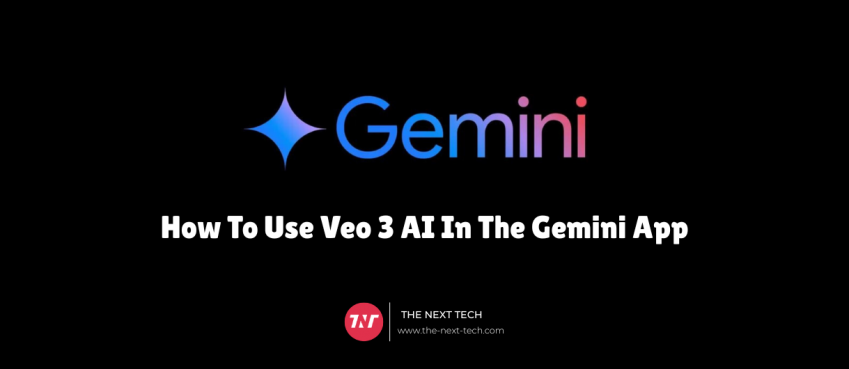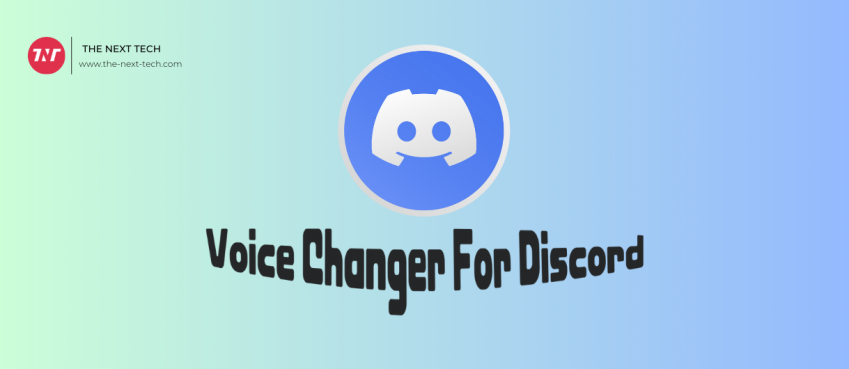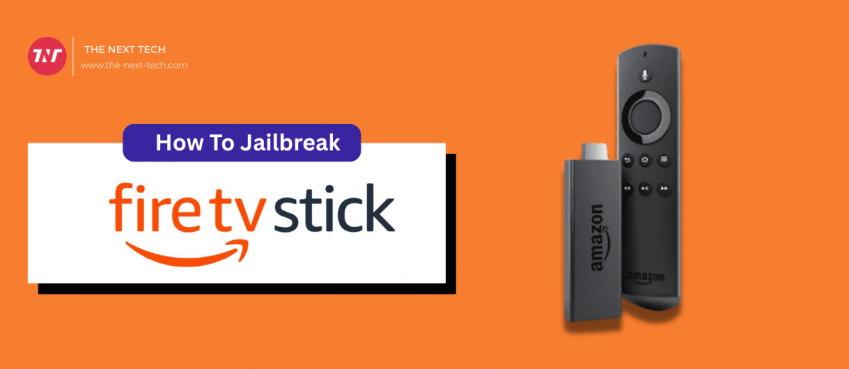
It’s over. App publishers and advertisers will be able to stop worrying about the new privacy feature’s impact on the future and instead start thinking of creative ways to address the industry-estimated ATT user opt-in rate of around 10%.
What is The Future of Advertising in Applications?
The following are some of the ways publishers and advertisers can think about pivoting their strategy, so they aren’t hit so hard by the looming IOS user data drought.
The Next Creative Frontier
79% of advertising consumption will occur via video by 2022. Therefore, it is important to pay attention to the growth of rewarded video integration into non-gamified apps.
Rewarded video
The rewarded video has the highest cost per 1,000 impressions (CPM), as the ad is seen for the entire duration in return for a tradeoff. Rewarded video is a term that is almost exclusively associated with gaming apps at the moment. But, there is a seismic shift.
The most famous usage of rewarded video by a non-gaming app might be Spotify, which has been using it for years to provide a half-hour of ad-free music to their non-premium users in exchange for watching a short video.
Video ads
Apps that offer live streaming of short-term events may quickly adopt this interactive model of running video advertisements. For example, users who live stream a sporting event might be able to view a series of ads from major sponsors before they start their streaming service.
This will allow them to access better angles and more detailed information about the event such as a camera mounted at the end of a surfing board or a drone’s eye view of a football match.
Also read: Best AI Gift Ideas Tools & Software To Try In 2024
Catalog apps for companies like IKEA
Catalog apps for companies such as IKEA could be another application. IKEA, a large multinational retailer of consumer goods, could team up with Lidl to offer the rewarded video. This means that you can browse one app and watch a video, then get rewarded with a digital coupon for the next purchase at the partner company.
Publishers can make these partnerships very lucrative by collecting additional customer data.
Build for Android, Sell to the World
FinancesOnline recently published a comprehensive report that estimated that three billion Android users are more than three times as many as iPhone users globally. If ATT consolidates IOS as an operating system of privacy and exclusivity, it also cements Android as the system that has wide market access.
Smartphone makers have released cheaper options than the most expensive iPhones. Apple’s rivals have established themselves in the developing world to gain a larger global audience and keep future IOS users away.
They offer more expensive, innovative models, like Samsung’s Galaxy Fold. Advertisers and publishers should be aware of this fact and consider shifting their efforts to reach more users of the popular operating system.
Also read: [10 New] Alternatives For T Bar Row Exercises To Build Lats (With Pictures)
Selling smartphones in developing countries.
Advertisers and developers can take advantage of the increasing adoption of smartphones in Sub-Saharan Africa. They should also pay attention to regional trends like the popularity of edtech applications. A report from Google states that mobile usage in Southeast Asia is the most popular in the world.
Apple’s current cheapest iPhone, the iPhone SE, is far too expensive to be competitive with the phones that companies such as Samsung, Nokia, and Google sell to people in developing countries. Developers should also research the types of apps that are most popular in countries where smartphones are only just starting to be widely used.
This is especially true for app companies whose attempts to monetize IOS products have been thwarted now by ATT – such as hyper-casual gaming developers.
“Sign-In to Unlock Exclusive Features”
Developers and advertisers will only be able to evaluate the full impact of IOS14 on their marketing strategies, track users and what data they still have from Apple product users in the next months.
Until then, publishers will start looking at ways of acquiring user data for themselves – possibly by building their own first-party identifier, similar to website cookies. Premium apps will also be able to collect users’ email addresses from the moment they download the app. This will allow publishers to build a user database that they can sell to advertisers.
However, not everyone will want to give up their email addresses. A reward system offering premium services or exclusive content could tempt them to sign in.
Also read: How To Create A Second YouTube Channel? Steps To Create Multiple YouTube Channel + FAQs
Tracking the consumer
If users can be incentivized into providing their email address, publishers can then track how many times the user opens the app, what they spend their time doing in the app, and how long they spend doing certain things in the app. This data can be used to create a deck of information that can be offered to advertisers.
For example, an app that sells used cars might sell information about the users who use the app to look at Mercedes-Benz dealerships within a radius of the user’s geotagged address.
The beginning of a new chapter
Apple users are the premium user publishers want to attract, so it is understandable that personalized ads on IOS will soon be extinct. But, the ad-spend money used to create targeted, personalized ads won’t disappear. Instead, it will shift into new ways of working until the best solution can be found.
Incentivized ads will be used to encourage users to view a piece of content, or to provide their email addresses. To create new formats products for advertisers, developers will use the valuable insights from large-scale user trends.
Also read: 10 Best Saas Marketing Tools And Platforms For 2021
Advertising is changing dramatically
The next big shift for advertising on the web and in-app will involve the emerging markets and a possible pivot to publishers spending more to target Android users. Publisher monetization options will increase as more countries have access to smartphones that can display ‘rich media (video) and better phones.
Lastly, and perhaps most important, the majority American time spent on their mobile devices is spent in apps. We see the future being brighter because of this.
Top 10 News
-
01
Top 10 Deep Learning Multimodal Models & Their Uses
Tuesday August 12, 2025
-
02
10 Google AI Mode Facts That Every SEOs Should Know (And Wha...
Friday July 4, 2025
-
03
Top 10 visionOS 26 Features & Announcement (With Video)
Thursday June 12, 2025
-
04
Top 10 Veo 3 AI Video Generators in 2025 (Compared & Te...
Tuesday June 10, 2025
-
05
Top 10 AI GPUs That Can Increase Work Productivity By 30% (W...
Wednesday May 28, 2025
-
06
[10 BEST] AI Influencer Generator Apps Trending Right Now
Monday March 17, 2025
-
07
The 10 Best Companies Providing Electric Fencing For Busines...
Tuesday March 11, 2025
-
08
Top 10 Social Security Fairness Act Benefits In 2025
Wednesday March 5, 2025
-
09
Top 10 AI Infrastructure Companies In The World
Tuesday February 11, 2025
-
10
What Are Top 10 Blood Thinners To Minimize Heart Disease?
Wednesday January 22, 2025







